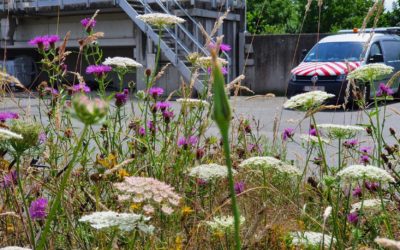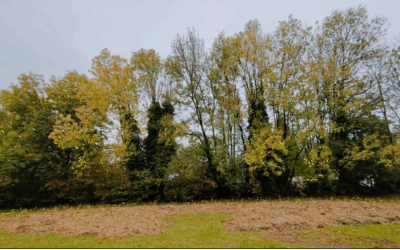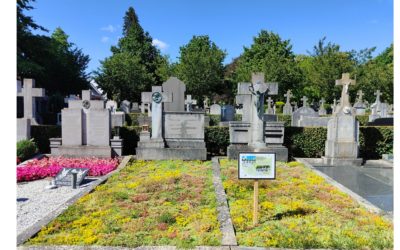Local approach to biodiversity at Aquafin’s wastewater treatment plant sites.
Micro-forests
The project
Since the first Miyawaki forest was planted in 2016, Urban Forests has planted more than 56,000 m² of microforests in over 100 projects in Belgium and France.
Urban Forests positions itself as a pioneer of the method in Europe. The Miyawaki method is characterised by:
- Preparing and revitalising the soil using natural soil improvers such as mulch, compost, manure and straw.
- Selecting the plant community that is most representative of the ancestral forest and planting a variety of species to develop biodiversity.
- Planting at high density and allowing the vegetation to develop spontaneously with very limited maintenance only during the first 2 to 3 years.
Urban Forests can create a micro-forest anywhere as long as a number of requirements are met:
- Minimum of 100 m² (up to a maximum of 3000 m²);
- A location without underground pipes;
- A minimum plot width of 5 metres;
- A minimum distance of 5 metres from buildings;
- The plot is accessible with a crane (or small crane);
- There is a permanent contact person throughout the project.
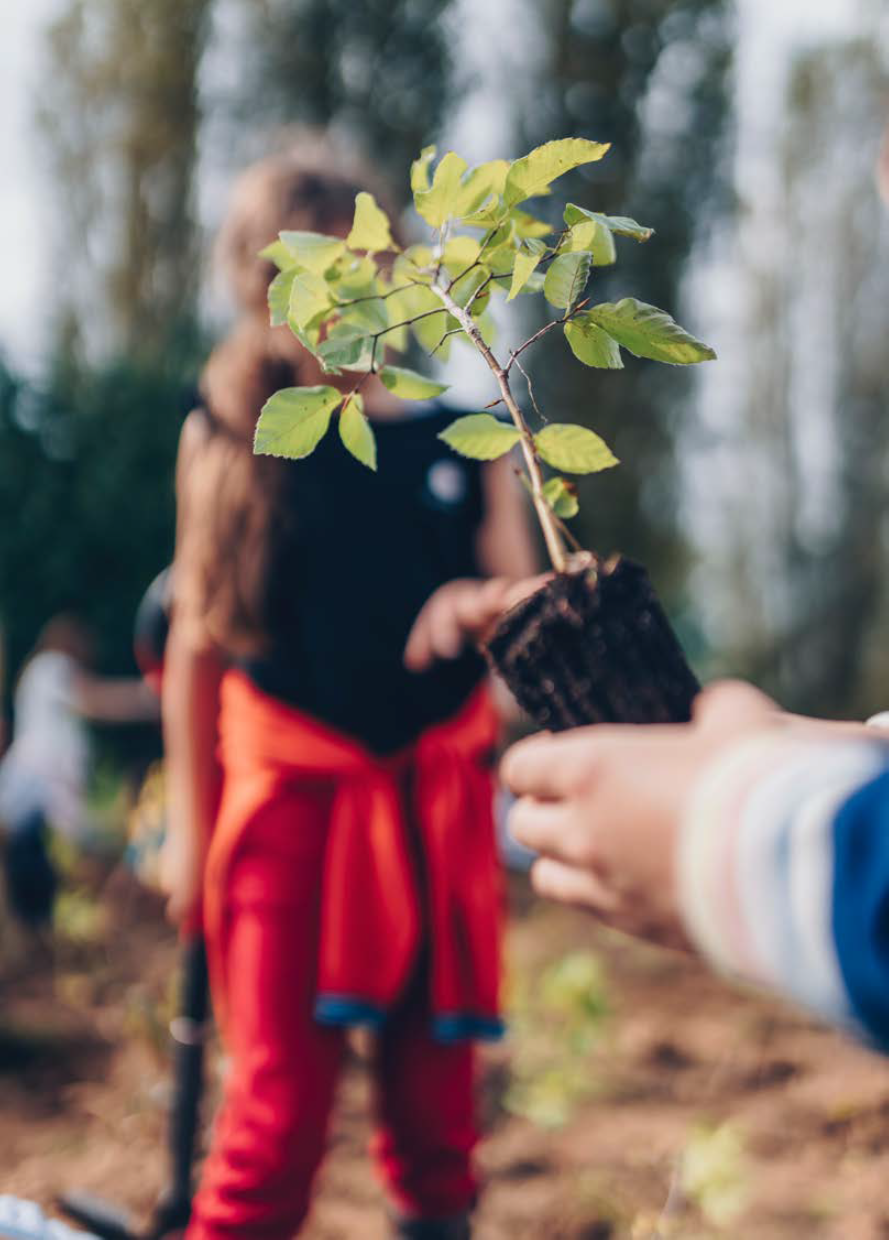
Project location
Contribution(s)
Project costs
Participant(s)
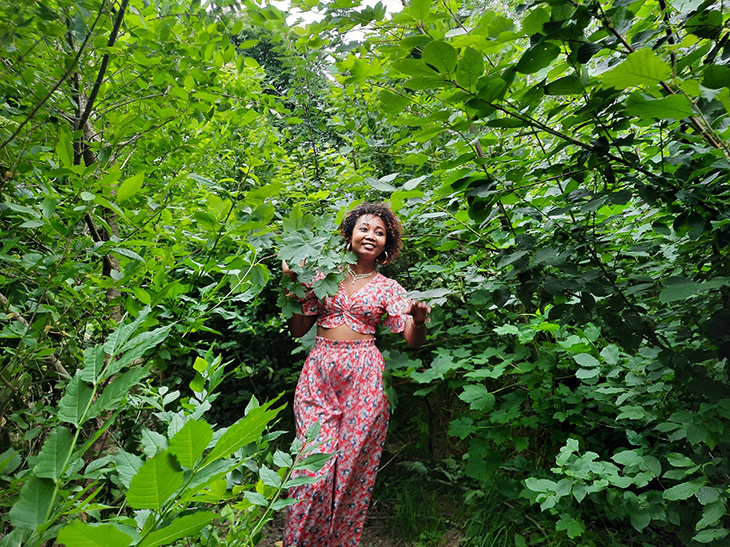
A micro-forest can be planted almost anywhere, provided that the above requirements are met:
- Private gardens
- Schools and universities
- Companies and institutions
- Public spaces
UrbanForests mainly works with private fundraising to plant micro-forests.
How are the criteria of the objective met?
Urban and peri-urban areas
- Respect and/or improve the specific ecological characteristics of the area (e.g. the topography, the type of landscape, the local plant and animal life);
- Set up a biodiversity-friendly management system (e.g. rewilding, reduced mowing of parks, gardens, talus, ponds, no chemicals);
- As much naturalness as possible/as little alteration as possible of the initial landscape (landscape, quality of water, of soil, …);
- Incorporate the developments into the surrounding area and environment;
- Use native species/subspecies that are more resilient and resistant to climate change, if appropriate.
Possible initiatives in which the project is involved :
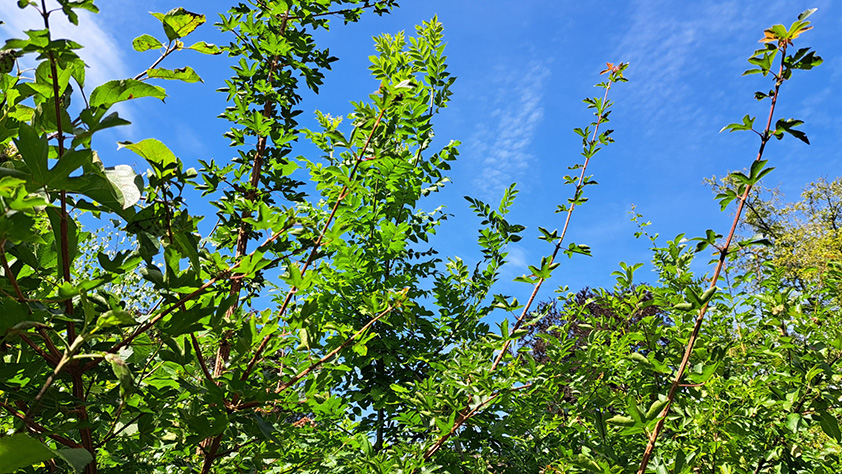
Long-term maintenance
A micro-forest requires little maintenance. Weeding is required up to three times during the first two to three years. After that, the forest is self-sufficient. During periods of severe drought, the microforest can also be watered. Urban Forests offers remote monitoring and a simple maintenance sheet.
We are constantly looking to improve our technique through feedback, which enriches our know-how on a daily basis. Over time, we have also improved our technique by paying increasing attention to the quality of soil preparation, the choice of species and the accuracy of maintenance. This has led to even better results.
Benefits
Why plant a micro-forest?
- Reduction of heat islands;
- Creation of insulating barriers with trees and shrubs;
- Protection of the soil, reducing the risk of erosion and flooding;
- Improvement of air quality;
- Creating diverse habitats for a multitude of animal and plant species;
- Creating a place for contact with and education in nature, pedagogy and engagement through action. Planting day, for example, is the ideal moment to encourage participation and strengthen enthusiasm for the project;
- A positive effect on the mental health of residents, including through a pleasant living and working environment.
We also share our know-how through practical training courses on the Miyawaki method, to contribute to the emergence of a growing movement to create self-sufficient autonomous micro-forests around the world.
In addition to microforests, we also create ecological gardens. We do this by means of a complete landscape analysis in order to design the space and the environment. Discover our different landscape options!
Other projects linked to the objective: "Urban and peri-urban areas"
Mini forest in Josephine Koch Park
1 day, 900 trees & many hands for greater biodiversity & climate protection.
Living cemetery in Eupen
Instead of covering graves with gravel, low-maintenance permanent greenery is being tested here.
